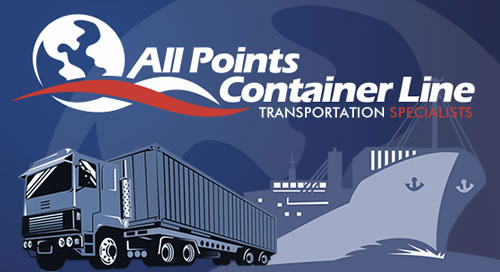Rising sea levels aren’t really something that anyone notices in the grand scheme of things. High and low tides are something we may see as they’re happening, but it’s more difficult to notice the difference between the height of the water now compared to twenty years ago. Still, the GMSL (Global Mean Sea Level) is indeed rising. So what does that mean for the ocean freight industry?
The Reality
There are a total of 140 countries on our planet that face the sea, with a total coastline of around 1.6 million kilometers. About 66% of the world’s largest cities are on these coasts, with a billion people living no more than ten meters above sea level. Unlike other measures of climate change that are contested by world-leaders, GMSL presents solid facts thanks to accurate satellite measurements taken since 1993. Alarmingly, the GMSL has risen steadily by 2.7-3.5 mm a year ever since. To put it in perspective, just 1 mm of change is equal to 3 trillion tons of melted ice.
What the Future May Look Like
Although there are some disputes about how fast the sea levels are rising, there’s no denying that it is indeed rising. If the sea levels rise a meter by the year 2100, the consequences will be dire. Low-lying structures like seaports and harbors would be the first to be impacted, which could result in trillions of dollars of losses for the freight industry. To prevent this, some port authorities have already taken precautions like building movable flood defense mechanisms.
Changes in Freight Paths
An unexpected benefit to global warming, if you can call it that, is the opening up of shipping lanes of previously frozen waters of the North. Shipping times between Europe and the Far East will be drastically reduced because of the now-open passages along the Arctic coasts of Norway and Russia. However, once the waters rise, unforeseen problems will inevitably appear as well.

